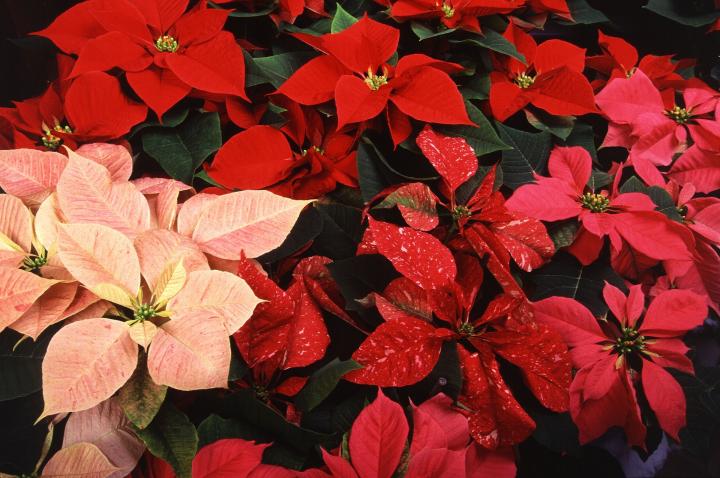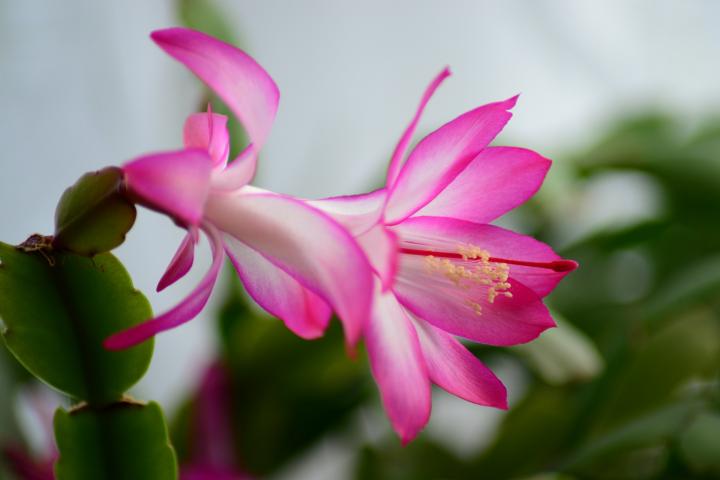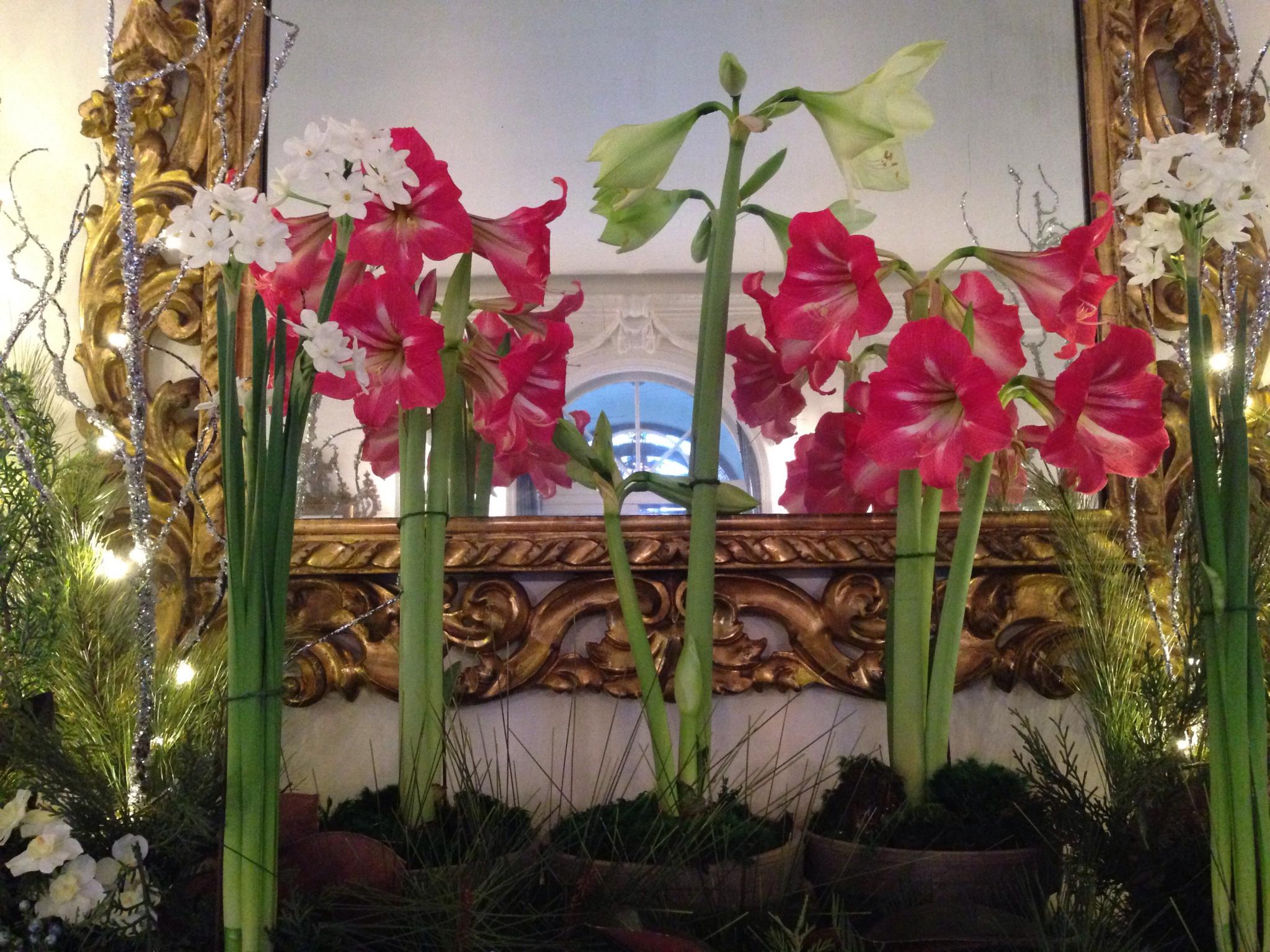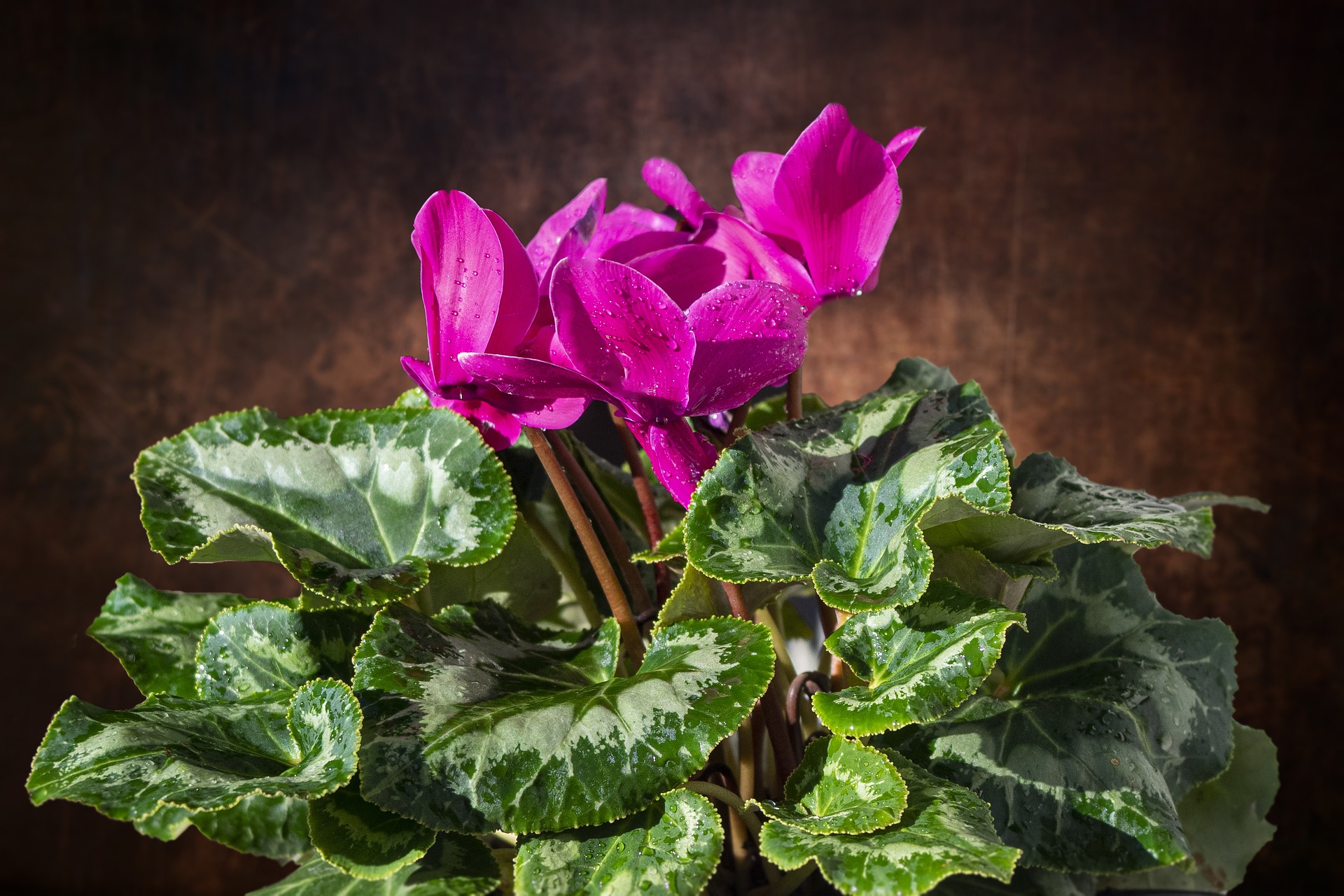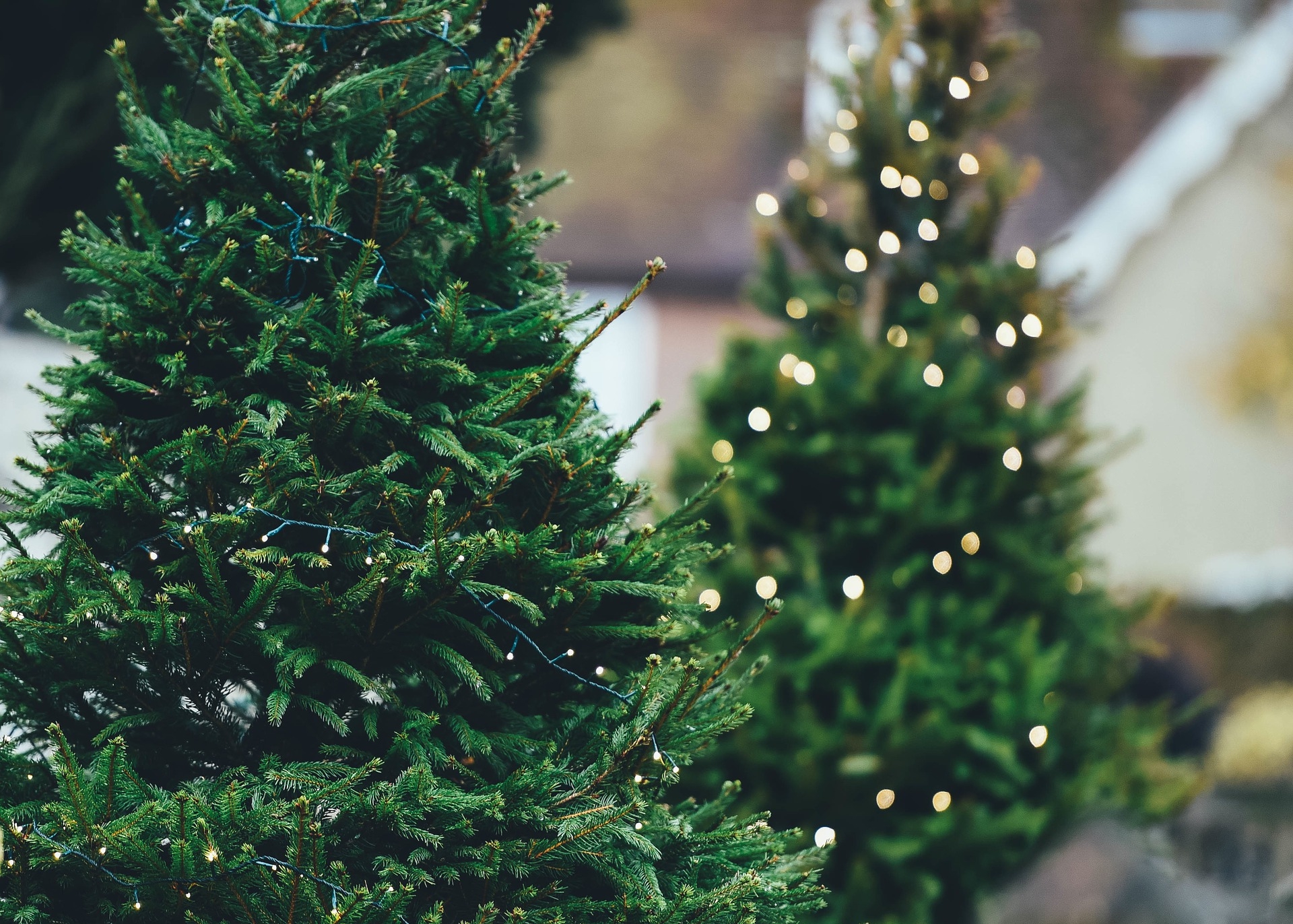
How to Care for the Most Popular Christmas Flowers
ADVERTISEMENT
I have two poinsettia plants. Both loose all their leaves every winter when I bring them in. When I put them out in the spring their leaves return and they are healthy, green and profusely grow, but they never get a chance to turn red. Why do they drop their leaves?
Hi Wellner,
The most common problems for leaf drop are too little water (the plant drops leaves to survive), too much water (the plant drops its leaves due to root rot), and drastic temperature change (the plant is shocked by the change and drops leaves). It sounds like the third option is the most likely in your case. To help to prevent their leaves from dropping, acclimate the plants the the indoors slowly by bringing them inside for a couple of hours a day and then bringing them back outside. Increase the amount of time they spend indoors over 2 weeks before leaving them inside. If the problem persists, it could be due to too little or too much water. We hope this helps!
I got a Christmas cactus from my mother who got it from her mother-in-law before I was born, in 1950. So my cactus is over 66 years old! It's the fushia color flower, but the leaves are rounded along the sides instead of having points. It's about 36" accross and is very thick and brown in the main stems. It blooms regularly every year and seems to "shed" periodically during the year. I love it and hope to give it to one of my children someday. It's pretty amazing!!
Hi Bonnie,
That is an amazing story! It’s truly wonderful how much joy plants can give, especially one as treasured as your Christmas cactus.
How often and how much water should be given to a 2-3 ft Poinsettia ?
Hi Thomas,
Water the poinsettia when the soil feels dry to the touch. Keep the soil damp but not too wet.
Does one have to be concerned with planting an amaryllis by the phase of the moon to get good growth and flowers? If so, which phase? I am a little behind on getting my amaryllises from previous years planted, but is there a "best" day to plant them sometime soon?
Hi Pam,
We suggest to plant flowering bulbs when the Moon is waning. That is after the Moon is full and before it is new again. This month you can plant after Dec. 6.
I kept my poinsettia outside all summer , pruned it once around July 4th to make it more compact , when the nites promised frost I moved it in on a south facing porch back out during the warm fall days . One day I noticed some of the leaves starting to color and by Xmas it was beautiful ! I did not do the covering with a box or the closet treatment . Nature did it for me ! looking forward to the next year with the same treatment :-)
I have my poinsettias in a south facing window and water them with one cup of water once a week. They are 3 years old and are blooming.

